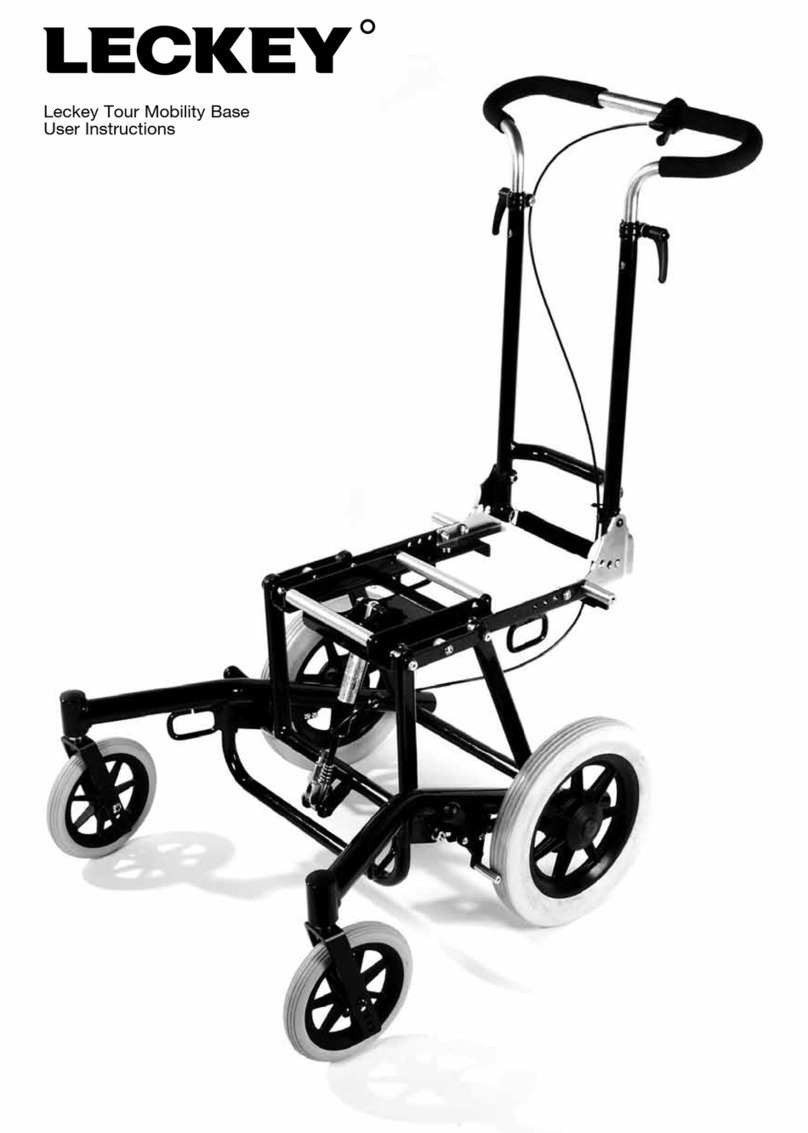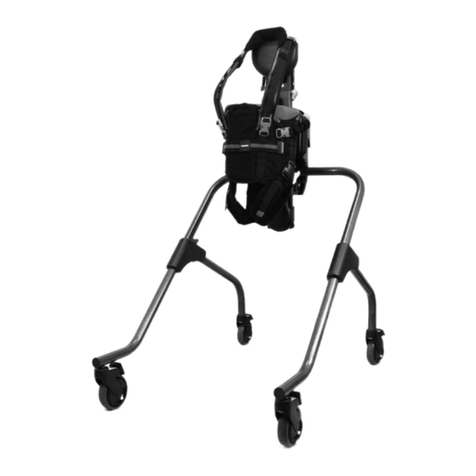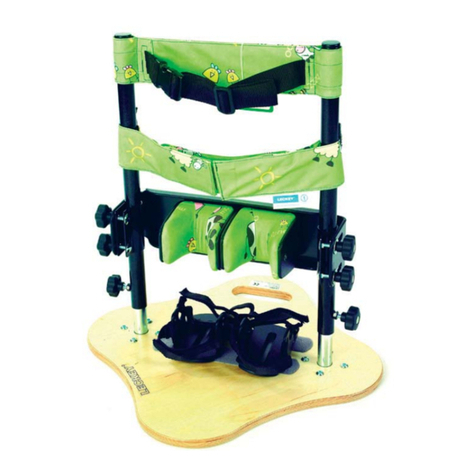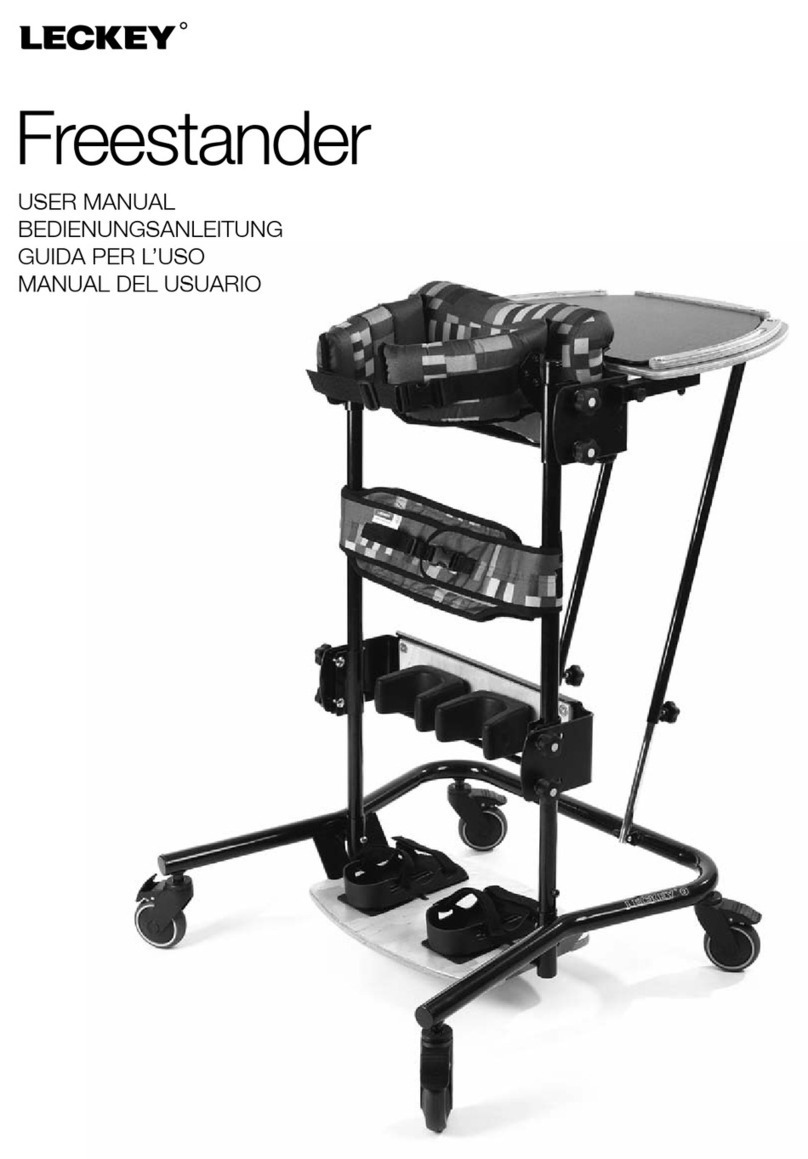Leckey fire fly upsee User manual
Other Leckey Mobility Aid manuals
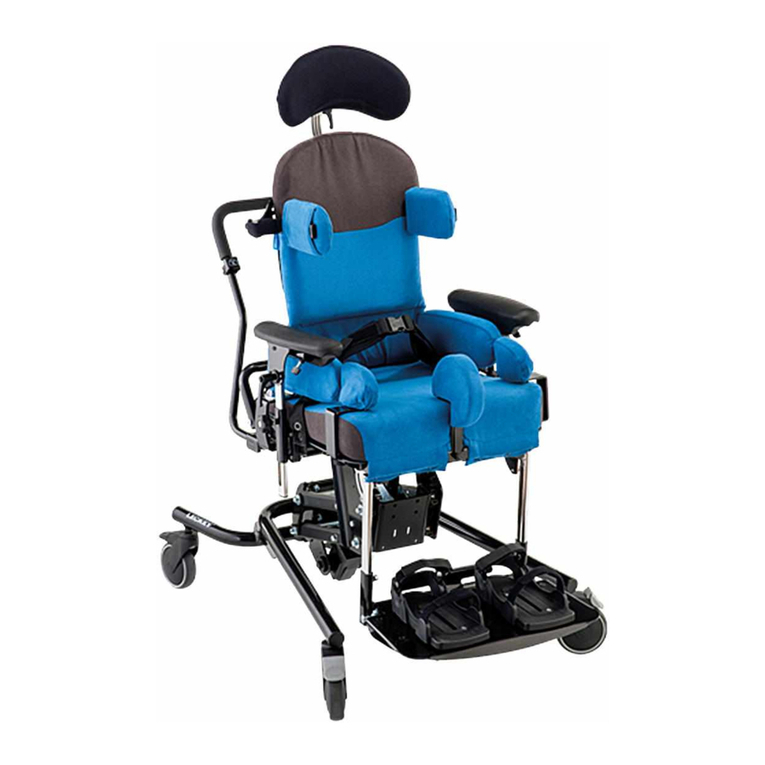
Leckey
Leckey Everyday Activity Seat User manual
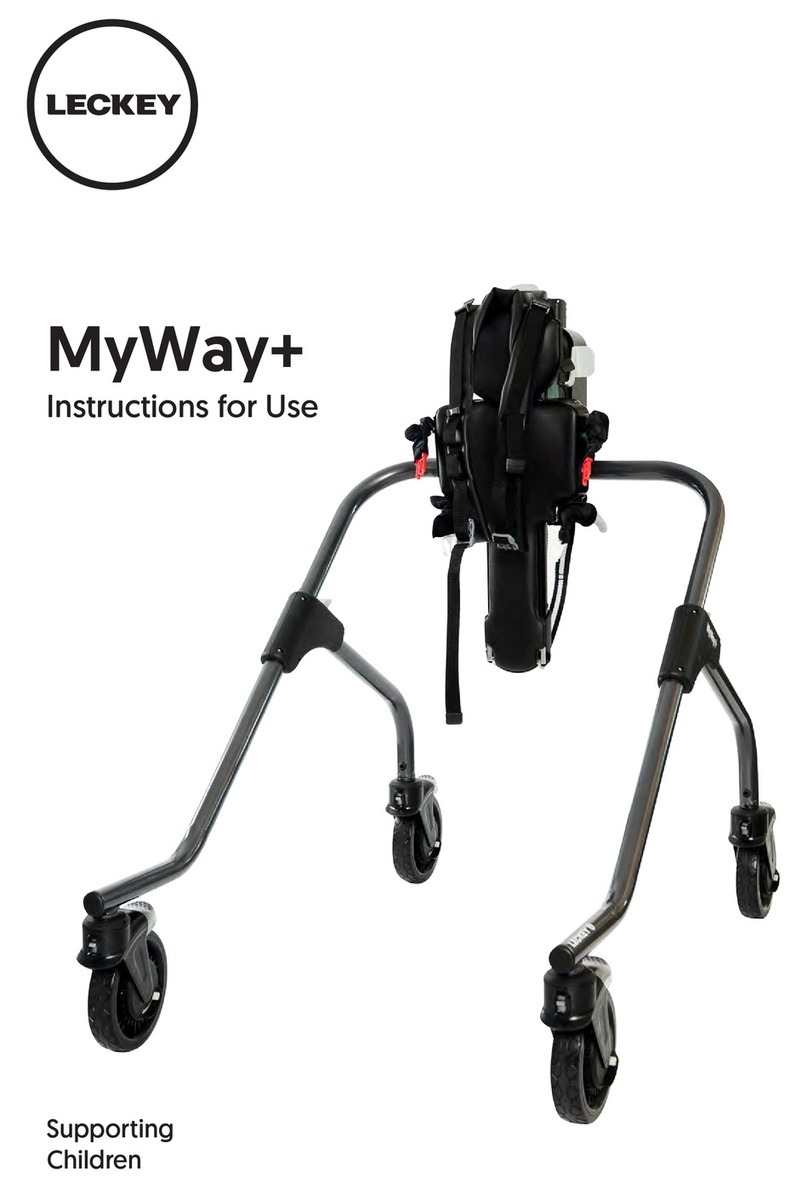
Leckey
Leckey MyWay+ User manual
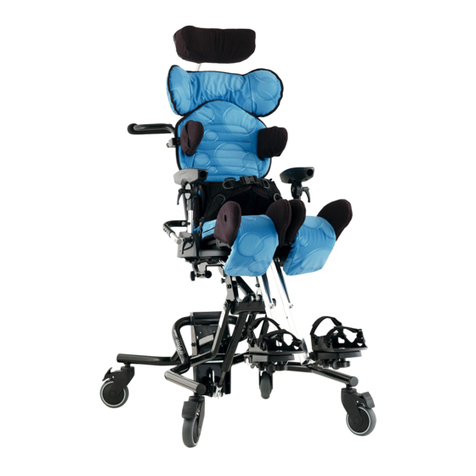
Leckey
Leckey Mygo Seat User manual

Leckey
Leckey Kidwalk User manual
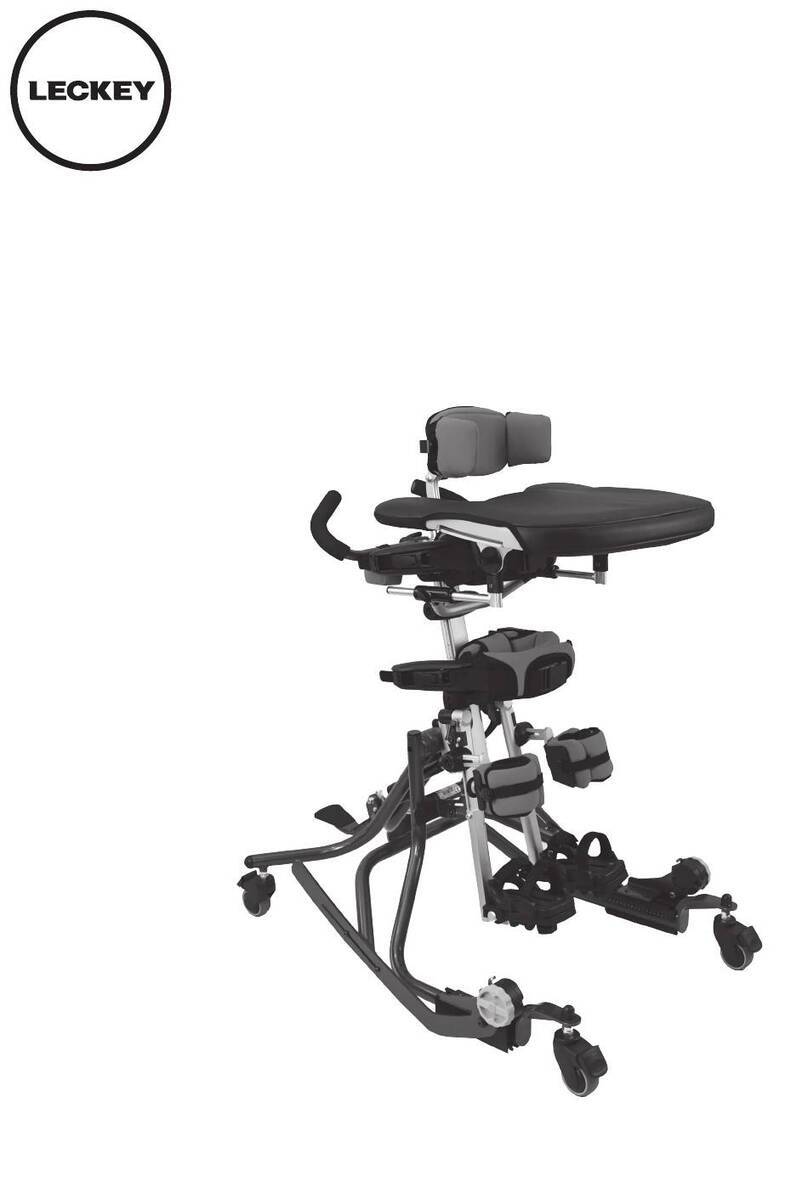
Leckey
Leckey Squiggles TT User manual

Leckey
Leckey Freestander User manual
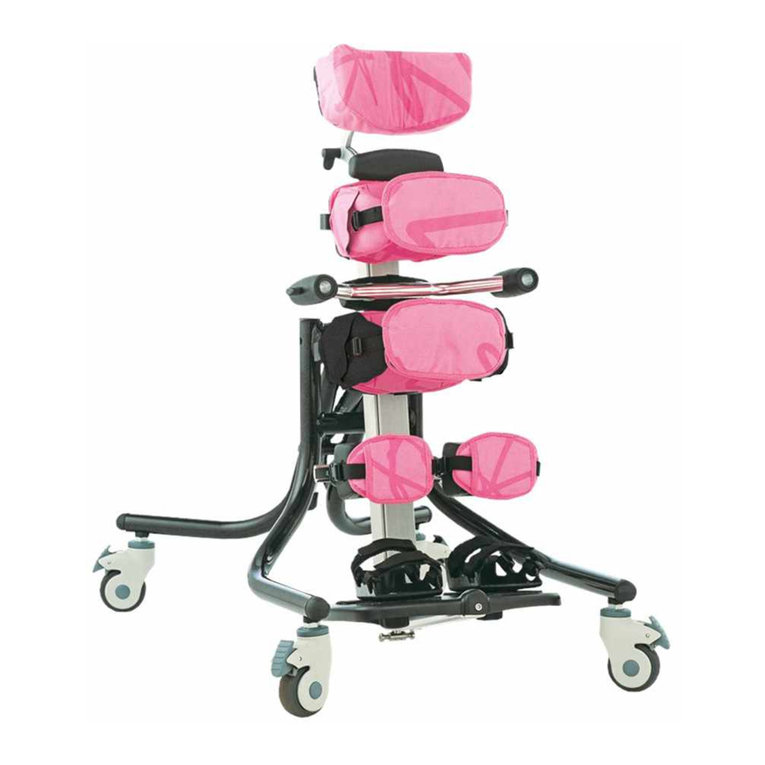
Leckey
Leckey Squiggles Stander User manual
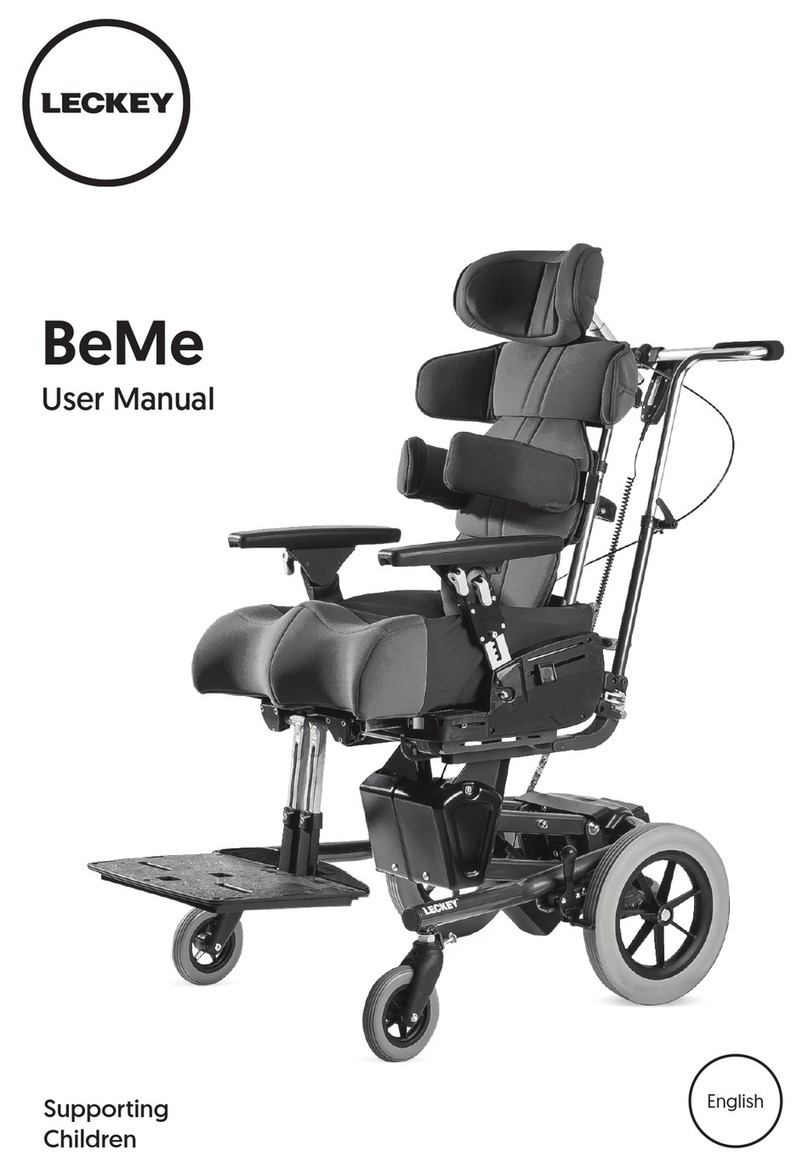
Leckey
Leckey BeMe User manual
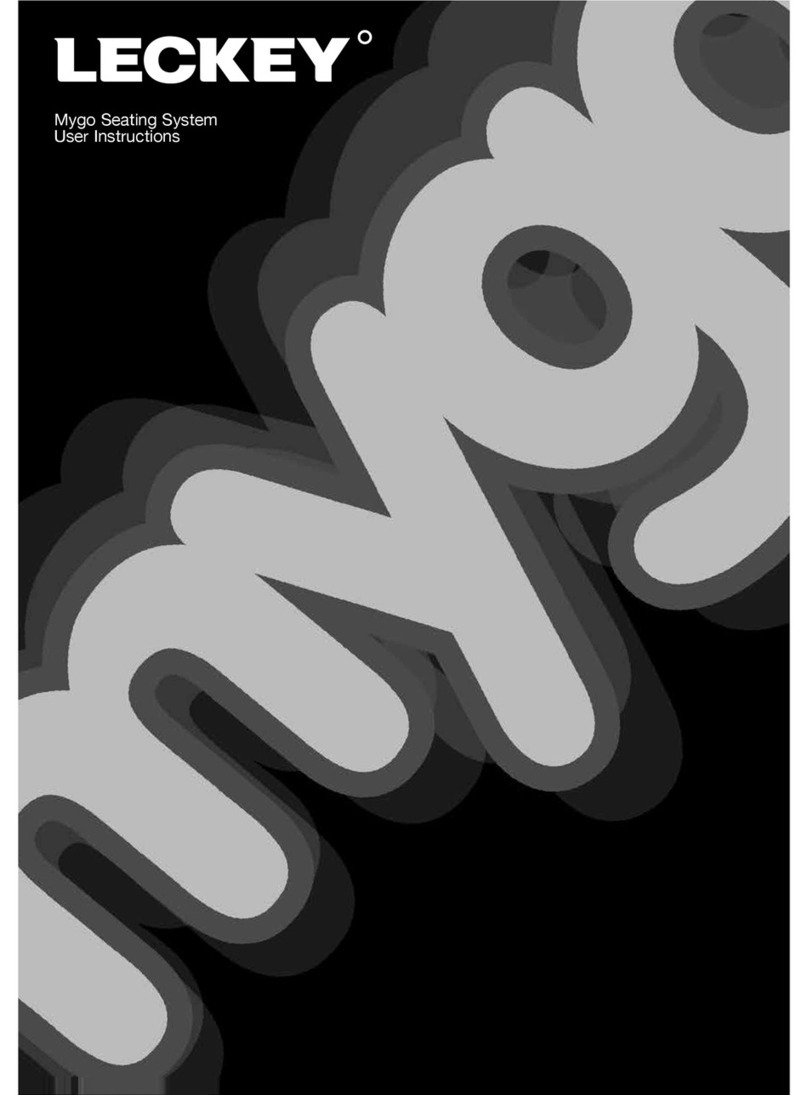
Leckey
Leckey Mygo User manual
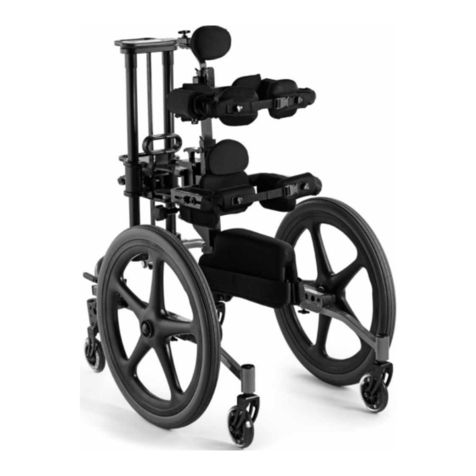
Leckey
Leckey Kidwalk User manual
Popular Mobility Aid manuals by other brands

Decon wheel
Decon wheel TNS Notos Assembly instructions

ExoAtlet
ExoAtlet ExoAtlet-II user manual

Invacare
Invacare Storm Series parts catalog

Rhythm Healthcare
Rhythm Healthcare B3800F manual

AMF-BRUNS
AMF-BRUNS PROTEKTOR installation manual

Drive DeVilbiss Healthcare
Drive DeVilbiss Healthcare OTTER Instructions for use
